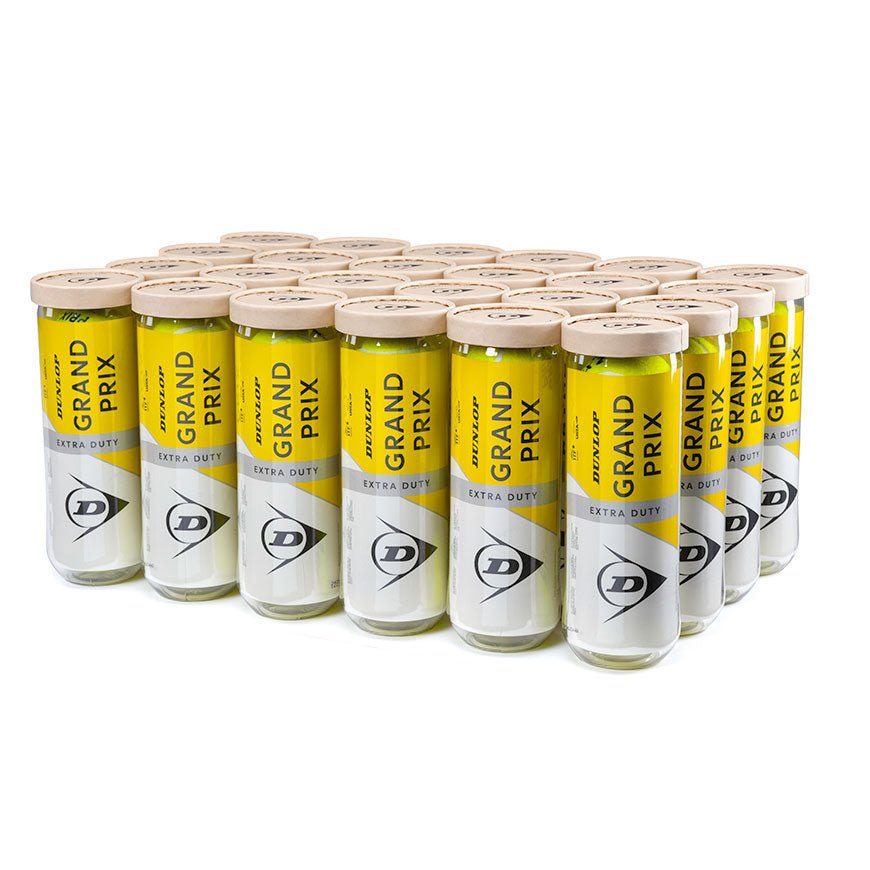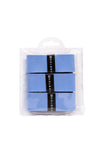Tennis scoring might seem complex at first, but it's easy to grasp once you understand its basic components: points, games, sets, and matches. This guide is designed to help beginners and tennis fans alike comprehend how tennis scoring unfolds from the smallest unit (point) to the culmination of a match.
What is a Tennis Point?
The point is the fundamental unit of play in tennis. A point begins with a serve and is won by the player who successfully ends the rally in their favor. The scoring for tennis starts at 'love' (zero) and goes through 15, 30, to 40. Winning the next point after 40 wins the game, unless the score ties at 40-40, known as 'deuce'.
Understanding a Tennis Game
A tennis game comprises a series of points played with one player serving. To win a game, a player needs to score at least four points and be at least two points ahead. If players reach a 40-40 score, the game enters a deuce, where a player must win two consecutive points to win the game.
The Structure of a Tennis Set
A set in tennis is a collection of games. The first player to win six games wins the set, provided there is a margin of two games over the opponent (e.g., 6-4). If the set reaches a 6-6 tie, a tie-break game is usually played to decide the set winner.
How Tie-Breaks Work
A tie-break is a special game to determine a set winner when it's tied at 6-6. Points are scored as 1, 2, 3, and so on. The first player or team to reach seven points with a two-point lead wins the tie-break (and thus, the set).
What Constitutes a Tennis Match?
A match is composed of sets. In men's professional tennis (like in Grand Slams), the winner is usually the first to win three out of five sets. In women's professional tennis and most amateur matches, the winner is the first to win two out of three sets. The match ends when a player reaches this set victory condition.
Other Scoring Variations
While the traditional scoring system is most common, there are variations used in different formats to speed up play or add excitement. Here are a few examples:
-
No-Ad Scoring: In this format, the next point after deuce decides the game winner. This eliminates the need for a player to win two points in a row from deuce, potentially shortening games.
-
Fast4 Tennis: This format uses modified scoring designed for faster matches. Sets are played to four games (instead of six), tie-breaks occur at 3-3, and lets on serves are eliminated.
-
Super Tie-Break: Sometimes, instead of playing a full third set, a 10-point super tie-break is played to decide the match winner. This is often seen in doubles matches.
Why Use Scoring Variations?
Scoring variations can be used in various settings:
- Recreational Play: Shorter formats make the game more accessible for casual players with limited time.
- Professional Exhibitions: Exciting formats like Fast4 are used to create faster-paced matches for entertainment purposes.
- Junior Tennis: Modified scoring can be used to help younger players develop their skills and match experience.
Conclusion
Understanding the structure of tennis scoring from points to matches is key to enjoying and appreciating the game. Each component, from the quick battle of points to the strategic play of sets, combines to create the thrilling experience that is a tennis match.
Visit Racquet Point to explore the best tennis equipment tailored to enhance your game. With high-quality gear suited for players at all levels, Racquet Point is your online store for all your tennis needs, helping you translate your newfound knowledge of scoring for tennis into tangible on-court success!













Leave a comment
All comments are moderated before being published.
This site is protected by hCaptcha and the hCaptcha Privacy Policy and Terms of Service apply.